Hello, Hellebores
CARE TO MEET THE PERFECT PERENNIAL?
Say hello to hellebores! This easy-to-grow, drought-tolerant perennial produces early, long-lasting blooms in addition to providing year- round interest with evergreen foliage. Hellebores are winter-hardy and require little attention to make it through the harsh winter months.
Throughout most of North America, hellebores bloom in February or March often coinciding with the Lenten season. Keep reading for tips on growing these beauties and find out which varieties you can pick up now at Marcum’s Nursery.
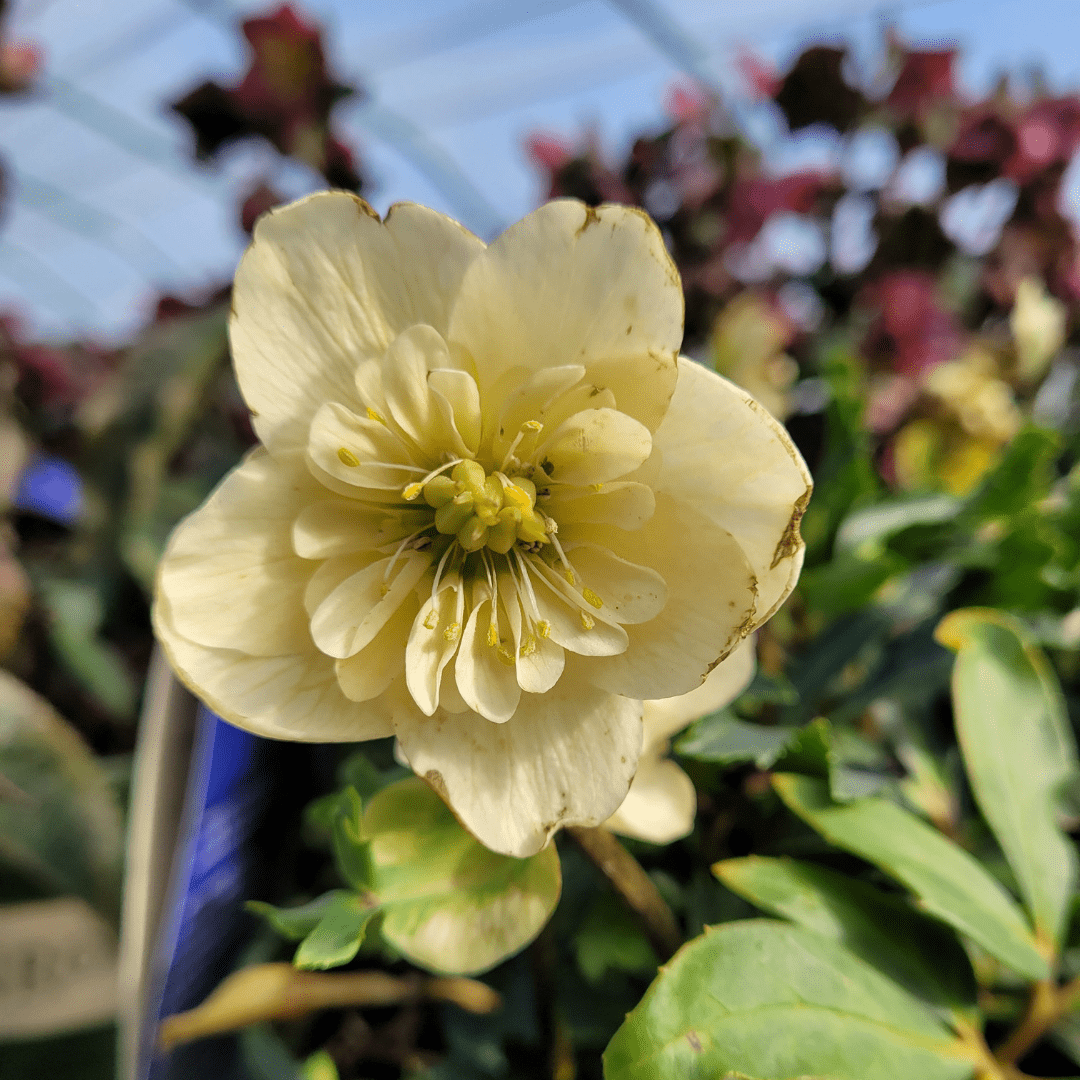
CATEGORIES FOR HELLEBORES
The hellebore, Helleborus, is a member of the Ranunculaceae family. There are approximately 20 species of hellebore as well as various subspecies. Some of the more easy-to-find species and their hybrids are Christmas Rose (H. niger), Corsican hellebore (H. argutifolius) and Lenten Rose (H. orientalis).
Most of the varieties available at Marcum’s Nursery this season will be Lenten Rose (H. orientalis).
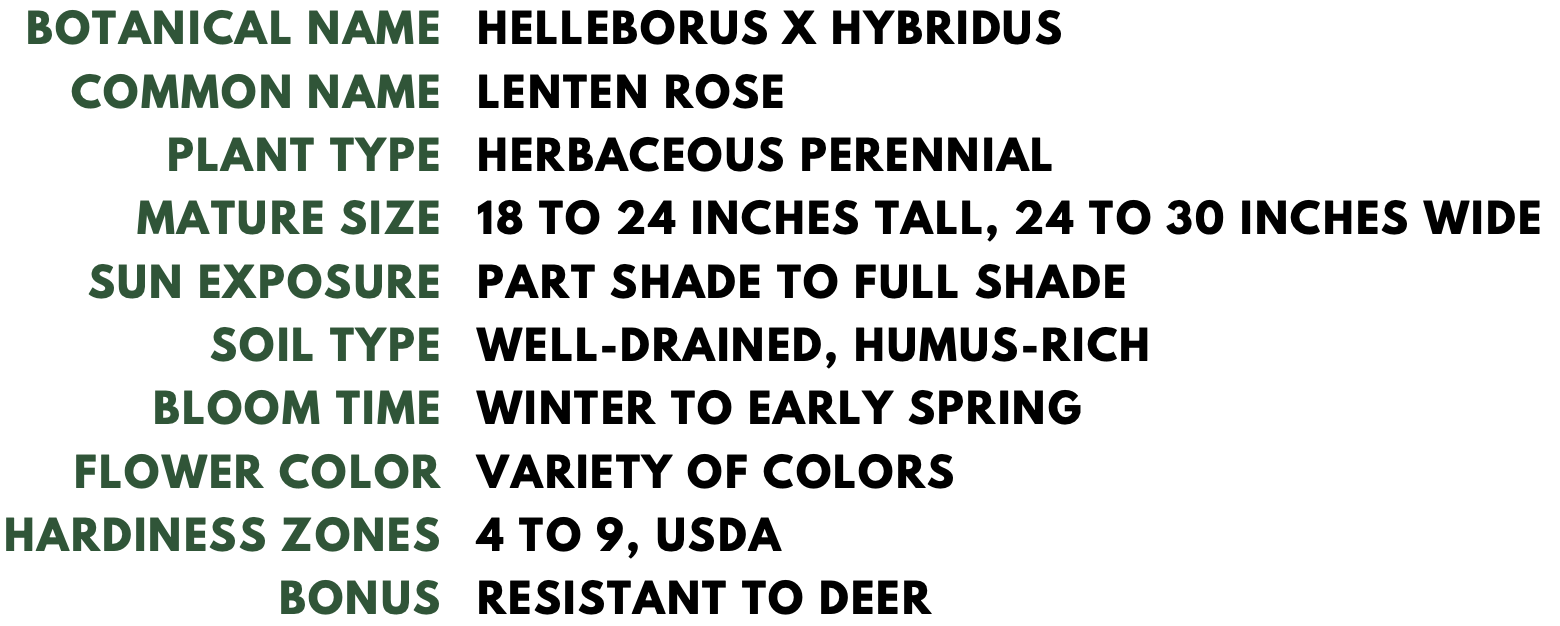
TIPS FOR GROWING HELLEBORES
LIGHT
SOIL
WATER
Hellebores benefit from sunlight during the winter when they are beginning their growing and blooming season, but they don’t appreciate the direct, hot sun of summer. If possible, site hellebores beneath trees that drop their leaves in winter to ensure adequate sunlight during bloom time and shade in the warmer months.
Hellebores like humus-rich, well-drained soil. Since our soil can tend to be heavy and higher in clay content, consider amending the soil with gypsum and organic matter, like Marcum’s Nursery’s Redbud Compost, before planting your hellebores; this will speed plant growth and establishment. Be careful not to plant hellebores too deeply. The crown of the plant should be just below the soil’s surface.
Soil around hellebores should be damp about one inch below the surface. This can usually be accomplished by watering once to twice per week. Once established hellebores are quite drought-tolerant.
PROPER DIVISION
HELLEBORE TOXICITY
Divide and transplant hellebores in the fall. Dig up the entire plant, wash the soil from the roots, then divide with a sharp knife between growth buds. Leave at least three shoots on each division.
All parts of the hellebore plant are toxic (which is one of the reasons deer and rabbit avoid them), so if you are sensitive to the alkaloids in the leaves, wear gloves when handling to avoid skin irritation.
CURRENTLY AVAILABLE AT MARCUM’S
All of the featured hellebore varieties are currently in bloom at a Marcum’s near you. Come and get these beauties before they’re gone! While supplies last. Quantities and varieties vary per Marcum’s Nursery location. Give us a call with any questions.
FrostKiss™
‘Anna’s Red’
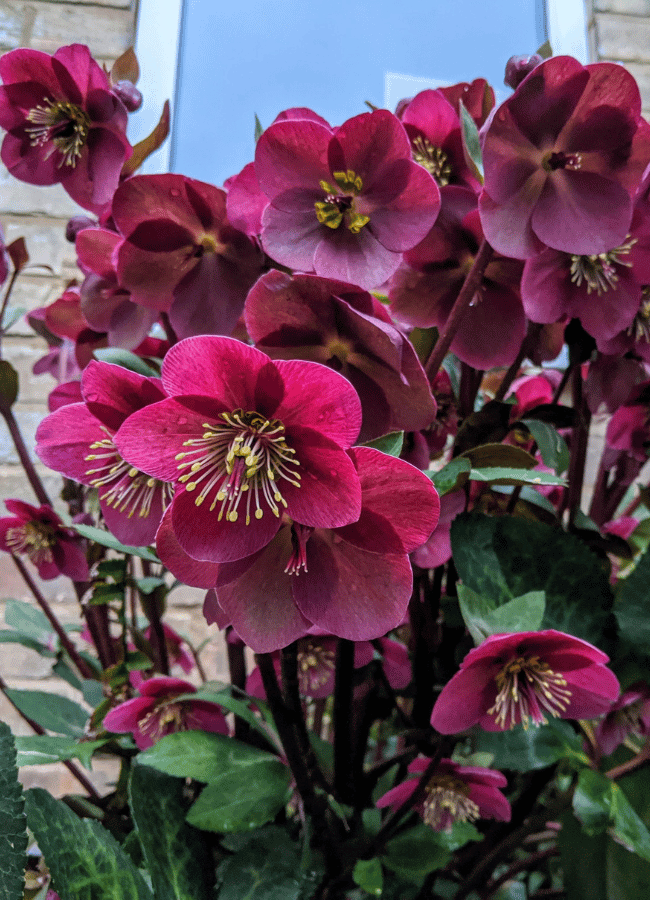
Winter Jewels®
‘Apricot Blush’
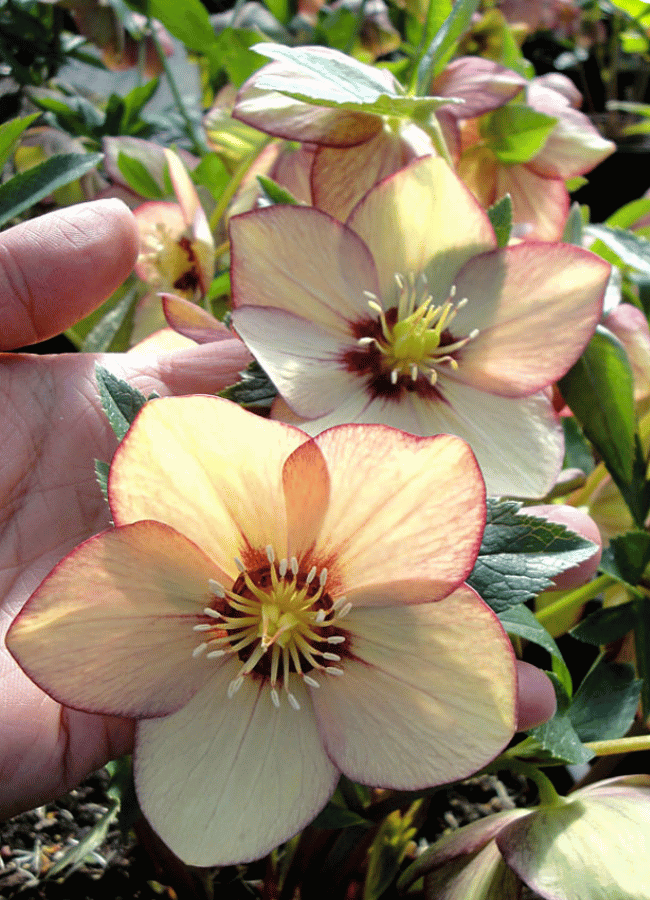
Winter Jewels®
‘Berry Swirl’
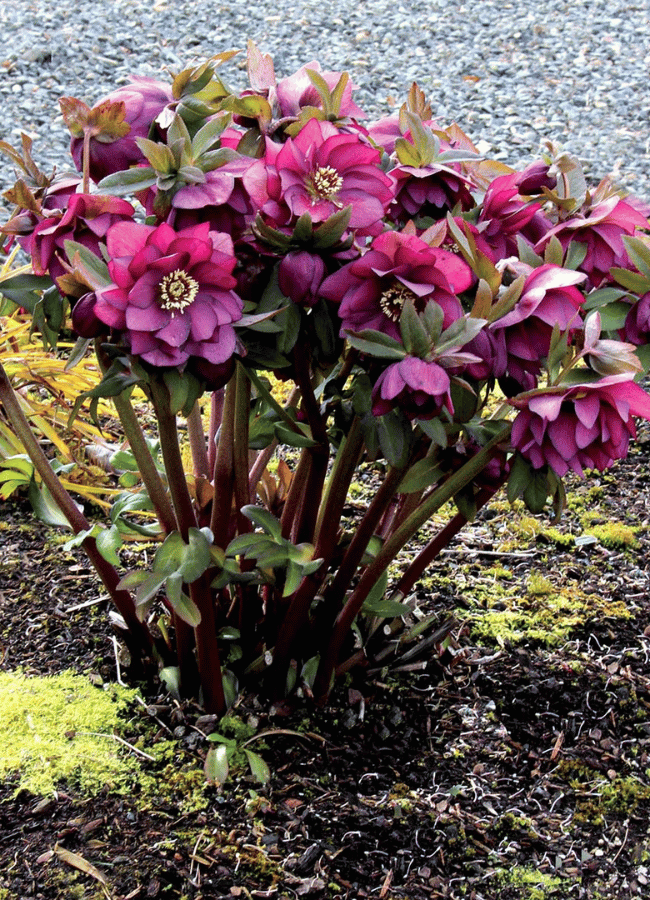
Wedding Party®
‘Blushing Bridesmaid’
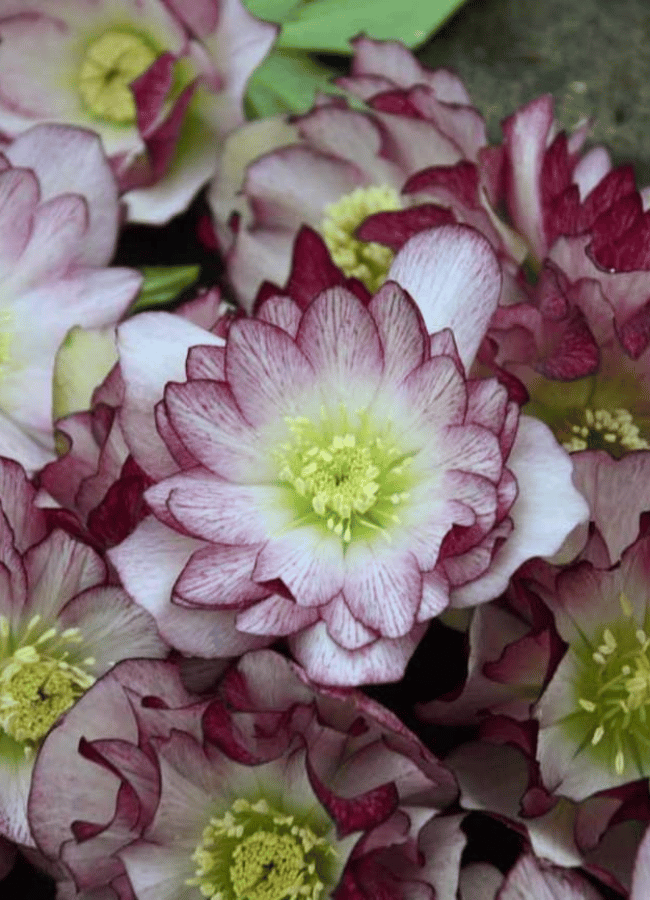
Winter Jewels®
‘Cherry Blossom’
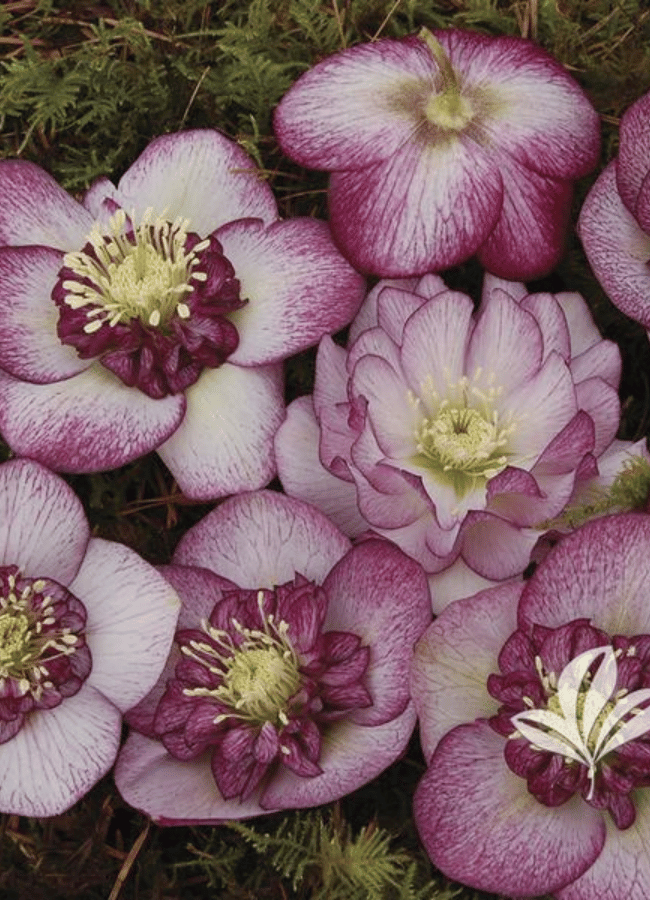
Winter Jewels®
‘Cotton Candy’
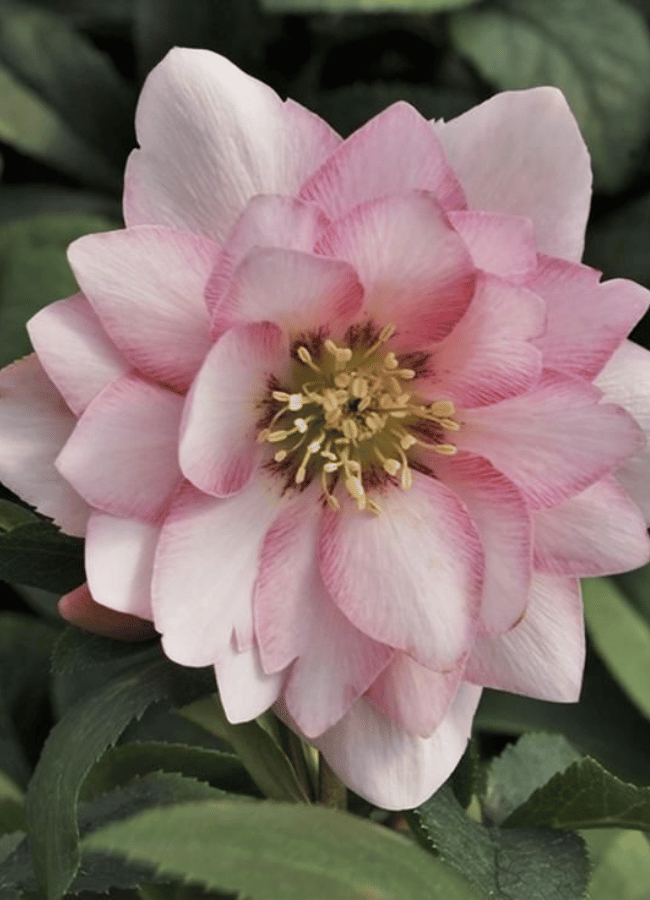
FrostKiss™
‘Dorothy’s Dawn’

Wedding Party®
‘Flower Girl’
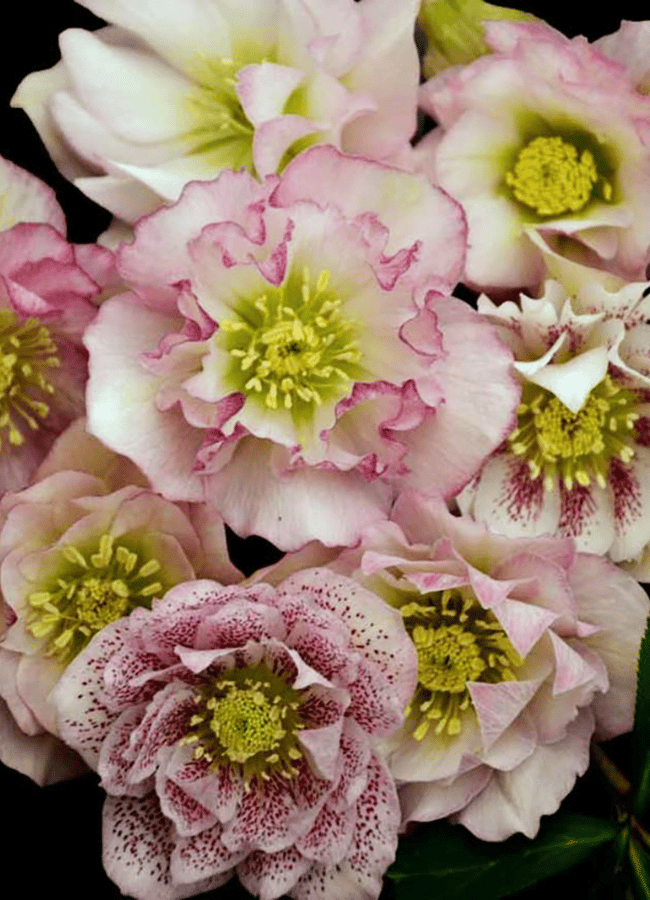
Frostkiss®
Glenda’s Gloss®
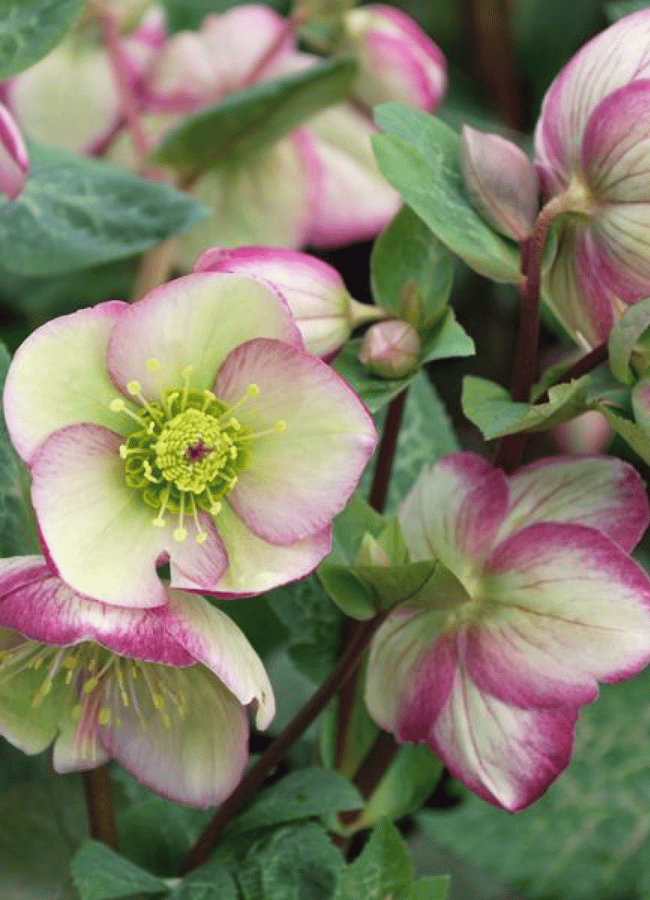
Honeymoon®
‘Irish Luck’
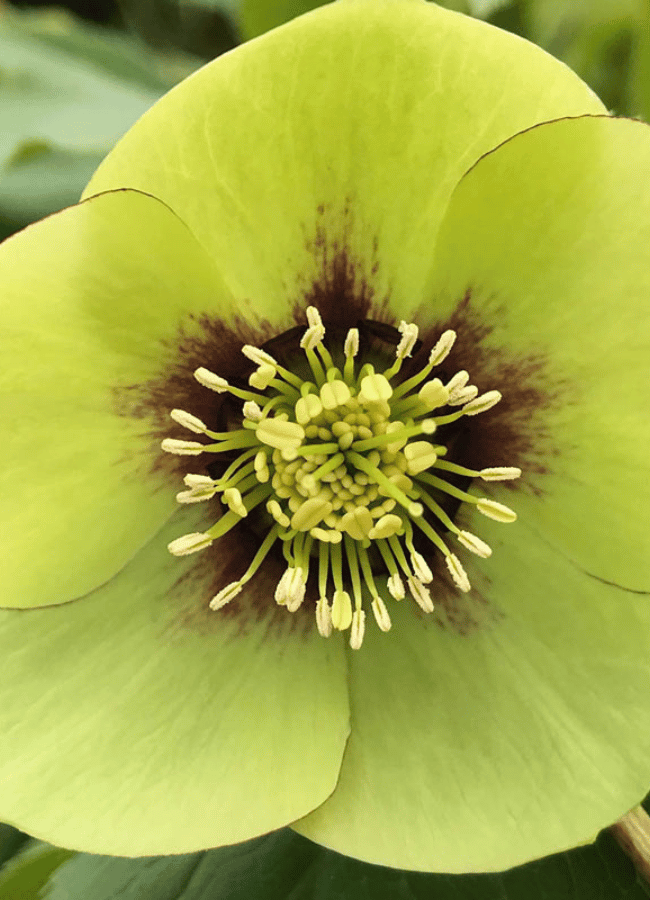
Wedding Party®
‘Maid of Honor’
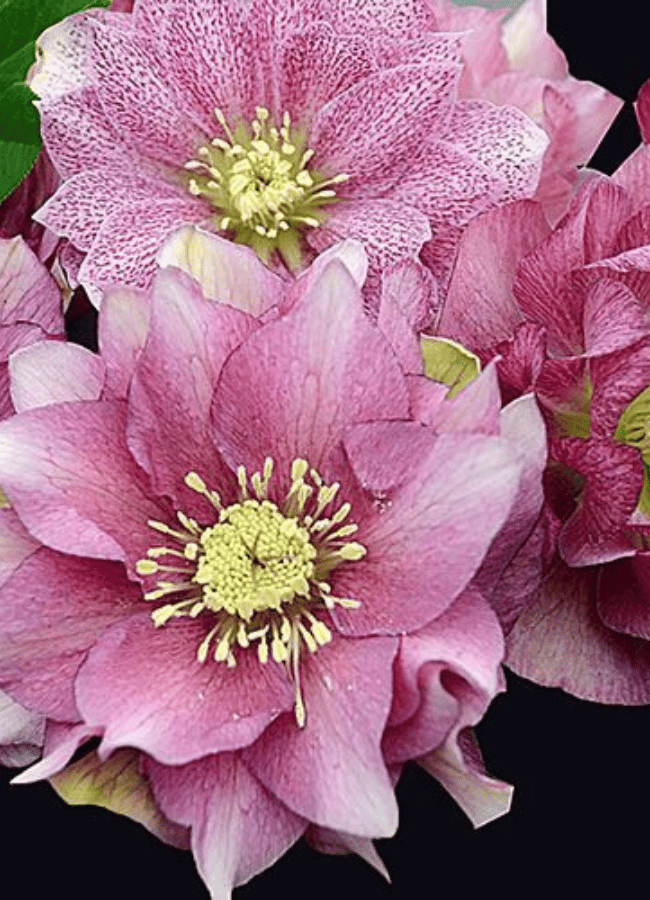
FrostKiss™
‘Moondance’
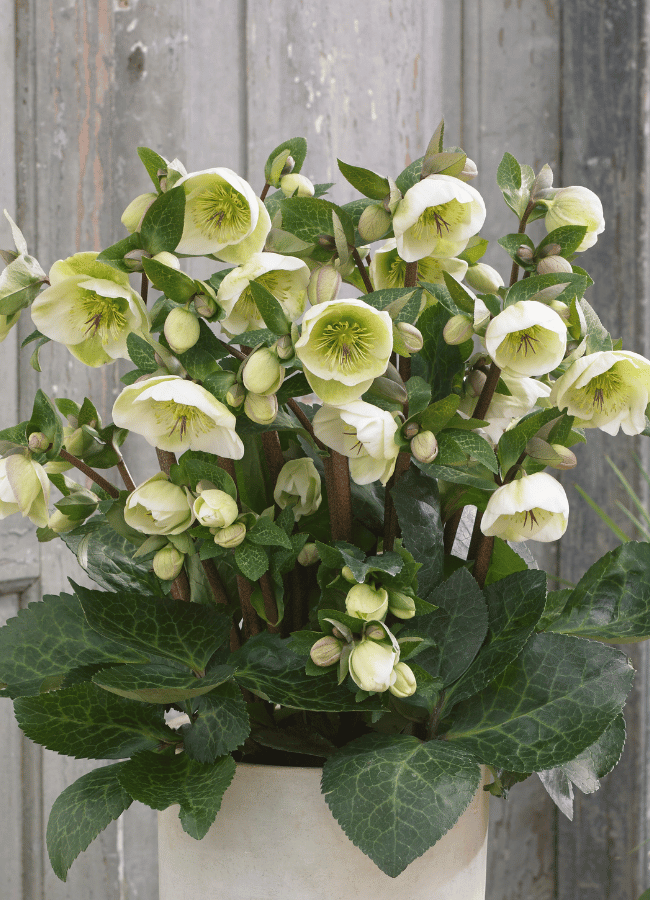
Honeymoon®
‘Rio Carnival’
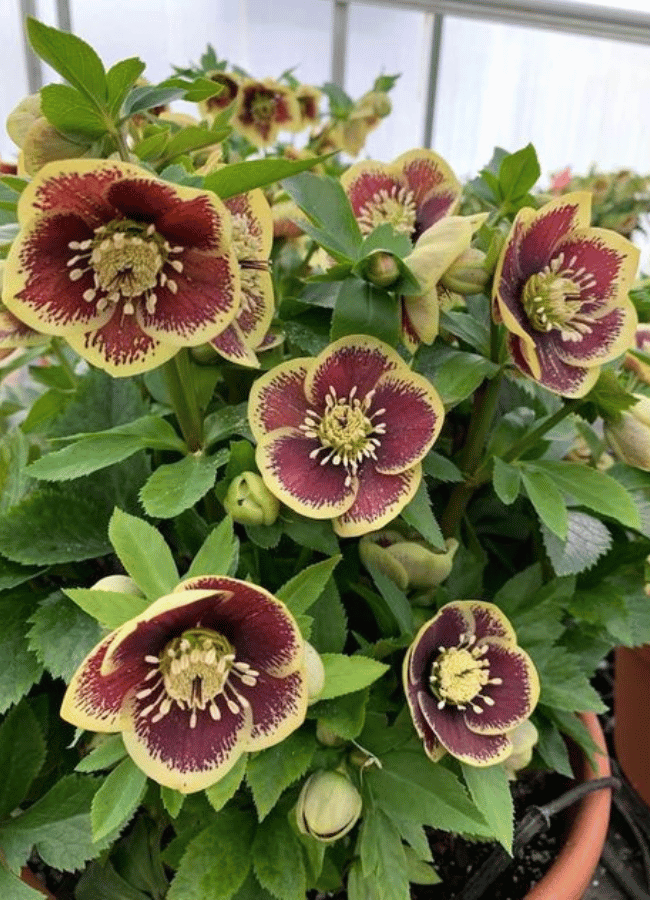
Honeymoon®
‘Romantic Getaway’
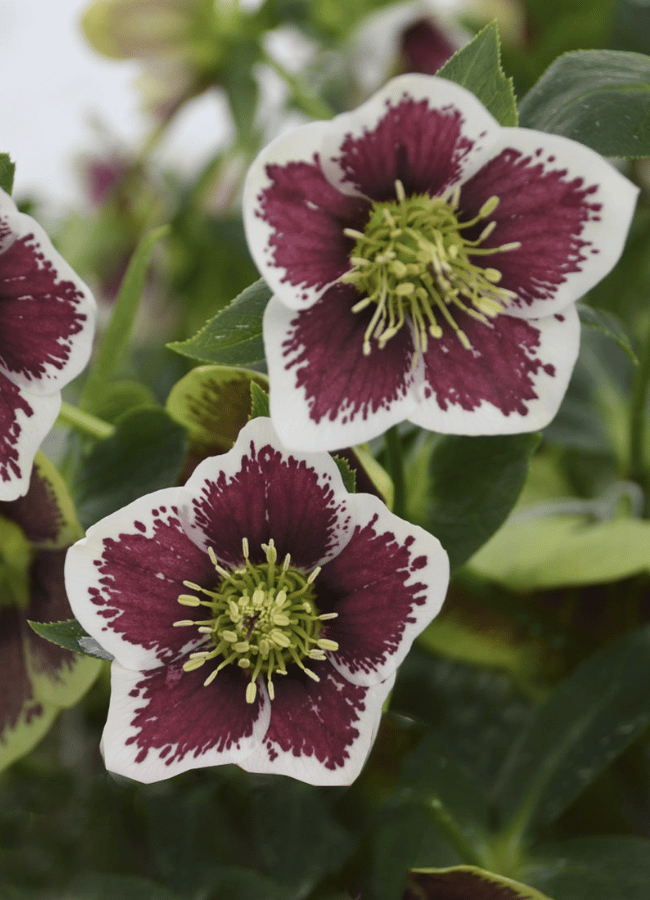
Honeymoon®
‘Sandy Shores’

Winter Jewels®
‘Sun Flare’
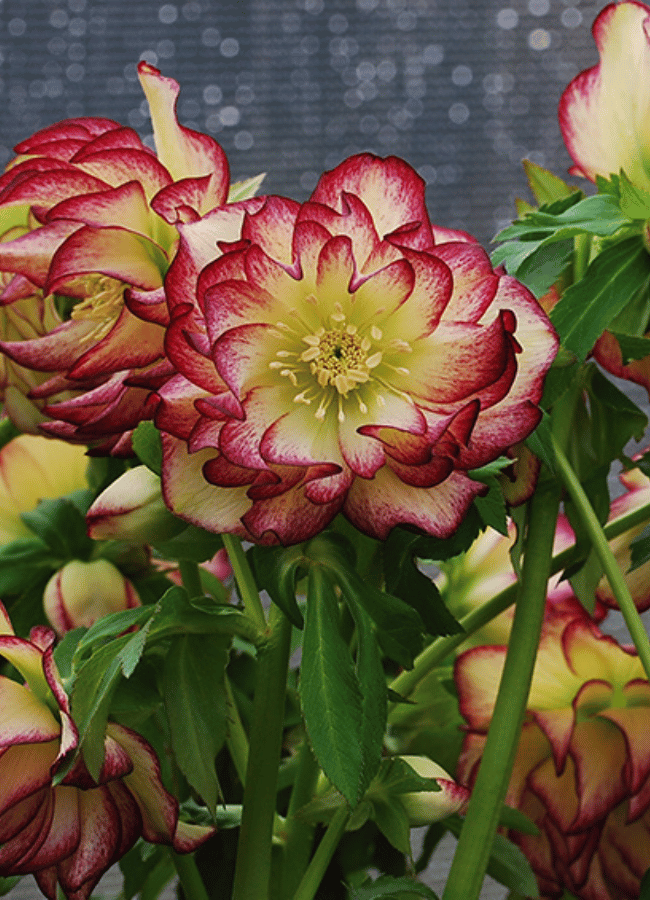
Honeymoon®
‘Tropical Sunset’
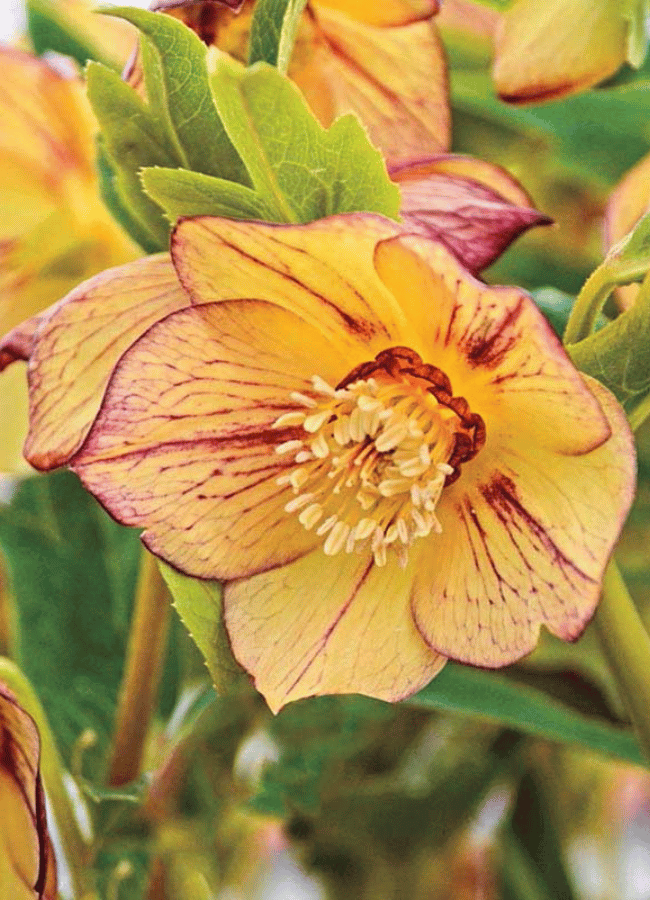
Back to Blog